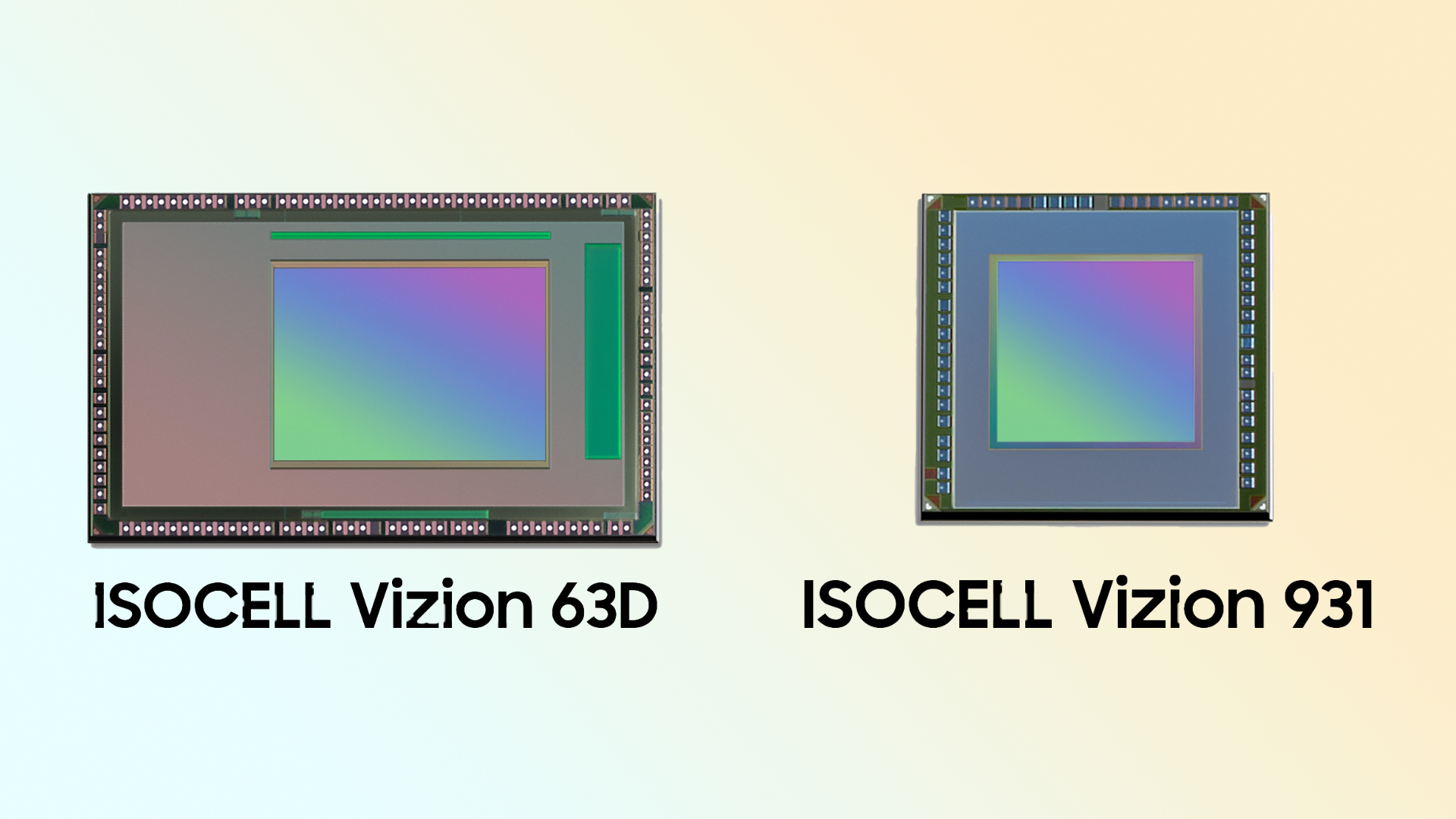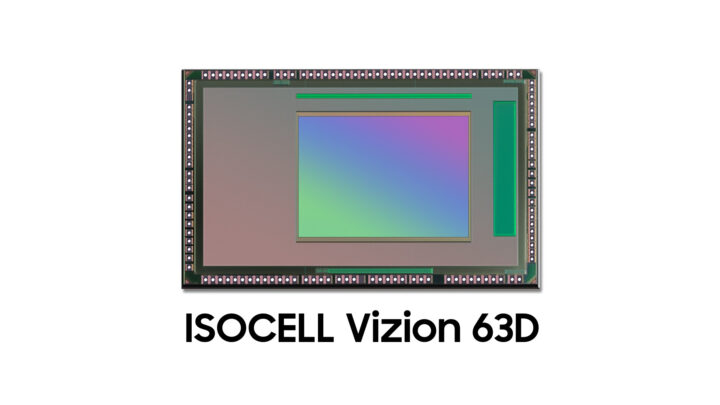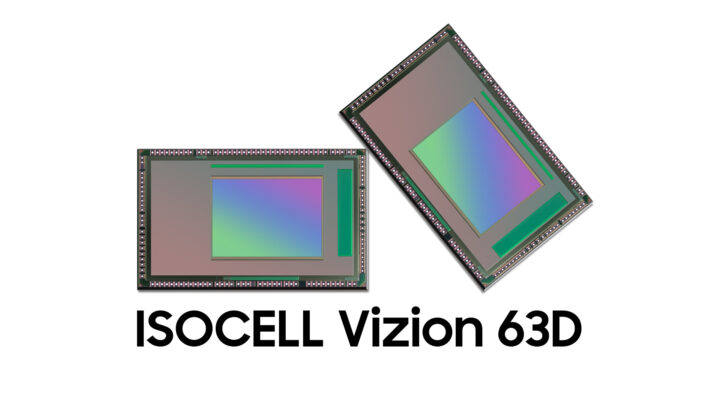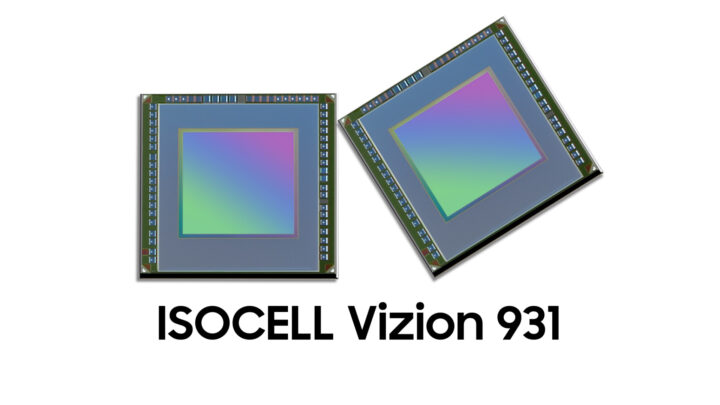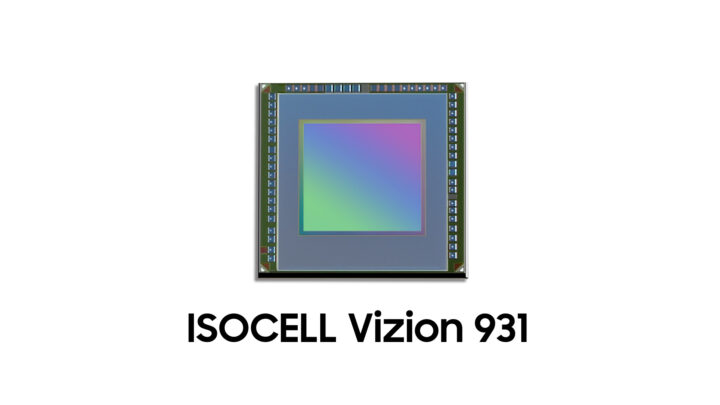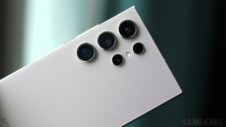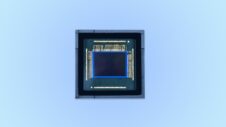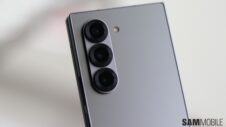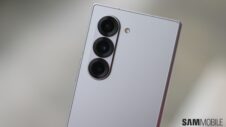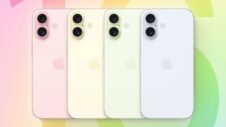Samsung has unveiled two new sensors—ISOCELL Vizion 63D and ISOCELL Vizion 931—that are made for AR/VR headsets and smartphones. The ISOCELL Vizion 63D is a ToF (Time of Flight) sensor, while the ISOCELL Vizion 931 is a global shutter sensor. Both these sensors are expected to be used in Samsung's products in the future, such as its upcoming mixed-reality headset.
The South Korean firm said that both new sensors are currently being tested by device makers and brands worldwide.
ISOCELL Vizion 63D is a 3D ToF sensor to measure depth and distance
The ISOCELL Vizion 63D is a 3D ToF sensor that can measure depth and distance with exceptional accuracy and clarity. It can capture images at QVGA (320 x 240 pixels) 30fps. The 1/6.4-inch sensor has 3.5µm pixels and can capture VGA (640 x 480 pixels) resolution videos. It calculates the phase shift between emitted and reflected light to know things in its surroundings in three dimensions. It can be used in AR or VR headsets, robots, and smartphones for secure facial biometrics.
It is the first sensor in the industry that features integrated depth-sensing hardware ISP (Image Signal Processor), which means it can capture depth information and process it without needing a separate chip. This reduces power consumption by 40% compared to conventional sensors, such as Samsung's previous chip, the ISOCELL Vizion 33D. It also features BST (Backside Scattering Technology), which brings the highest quantum efficiency and light absorption level, reaching 38% at an infrared light wavelength of 940 nanometers (nm). This reduces noise and motion blur and improves sharpness.
The ISOCELL Vizion supports two modes: flood and spot. Flood mode increases its resolution at a short measuring range, while Spot mode decreases resolution but can increase the range. It doubles the depth and distance measuring range from 5 meters in the previous-generation sensor to 10 meters.
ISOCELL Vizion 931 is a global shutter
The ISOCELL Vizion 931 is a global shutter sensor, which means it can capture fast motion without deformation (jello effect). Unlike a rolling shutter, which scans a scene line by line from the top to the bottom and can introduce motion blur, the global shutter, like the ISOCELL Vizion 931, can capture an entire scene at once. This is similar to how human eyes see a scene. It can capture sharp and undistorted images of fast-moving objects, which means it is well-suited for AR headsets, drones, robots, and VR headsets.
It has a resolution of 640 x 640 pixels and is suited for iris recognition, eye tracking, and facial and gesture detection in XR (Mixed Reality) headsets. It has the industry’s highest level of quantum efficiency, offering 60% at 850nm infrared light wavelength. It features FDTI (Front Deep Trench Isolation), similar to Samsung's ISOCELL camera sensors used in smartphones.
It can connect four cameras to an application processor using a single wire, reducing the complexity of the circuit and improving space efficiency. It offers greater flexibility to device makers, and Samsung is expected to use it in its upcoming mixed-reality headset.
Haechang Lee, Executive VP of the Next Generation Sensor Development Team at Samsung Electronics, said, “Engineered with state-of-the-art sensor technologies, Samsung's ISOCELL Vizion 63D and ISOCELL Vizion 931 will be essential in facilitating machine vision for future high-tech applications like robotics and extended reality (XR). Leveraging our rich history in technological innovation, we are committed to driving the rapidly expanding image sensor market forward.“
